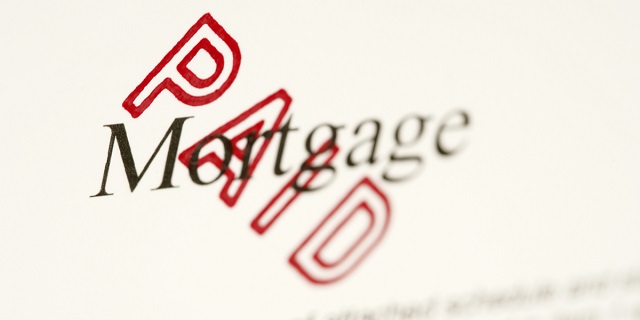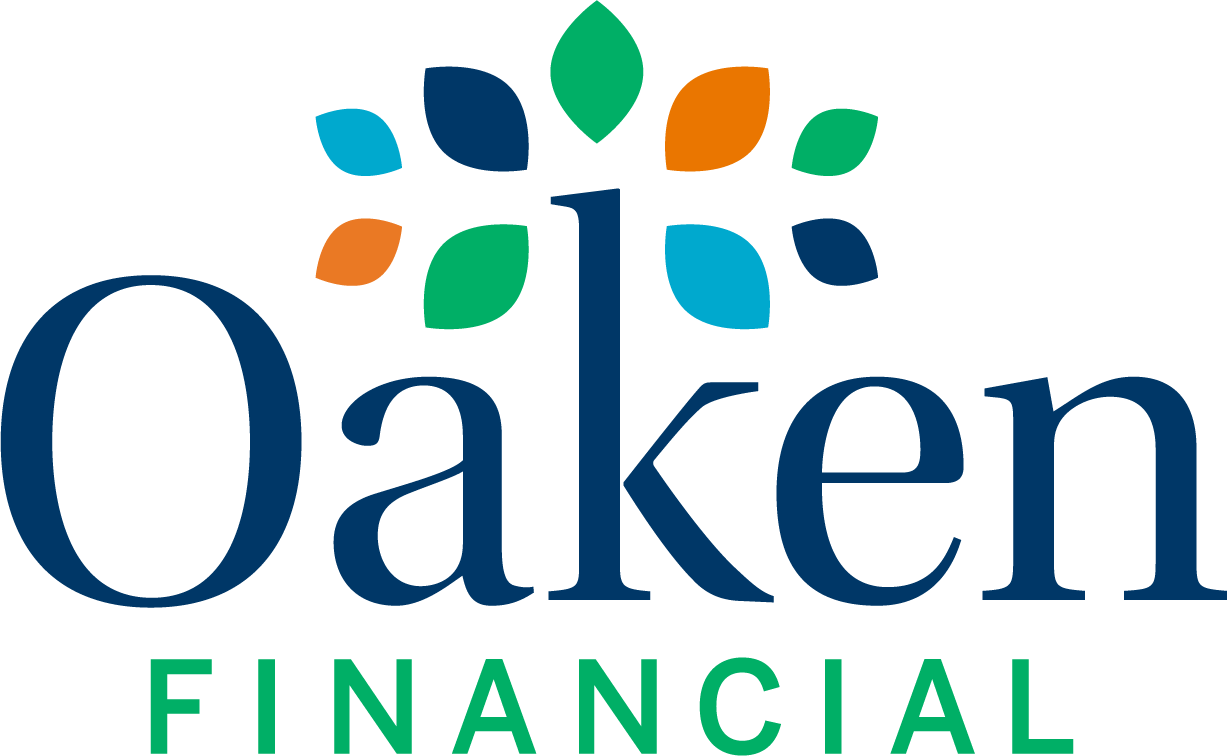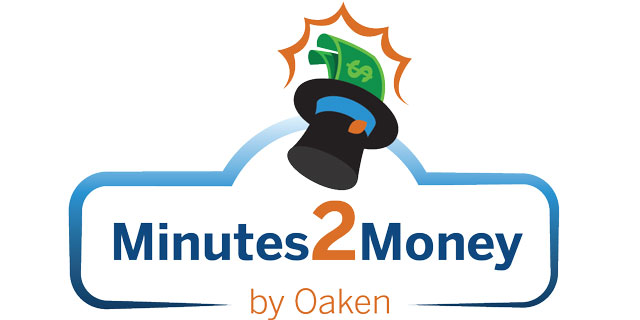To kick off Financial Literacy Month in Canada, Oaken is pleased to once again partner with the Canadian Deposit Insurance Corporation (CDIC) to launch Oaken’s Minutes2Money contest!
How to enter
Oaken’s Minutes2Money contest starts Monday, November 9th, 2020 and ends at midnight Wednesday, December 16th, 2020. Go to oakenminutes2money.com once the contest begins to review all the details and to register for the game. You can increase your odds of winning by entering the secret codes to earn additional entries. These codes will be announced each week during the contest period on Oaken’s Facebook and Twitter pages.
3 prizes are up for grabs
The first place prize is a $2,000 GIC. The second-place prize is a $1,500 GIC and the third-place winner will receive a $1,000 GIC. Once the contest closes on December 16th, three winners will be selected at random from all the entries received during the contest. Winners will be contacted via email through the address provided when registering for the contest. Good luck and have fun!
Canada Deposit Insurance Corporation – 6 things you should know
 When it comes to their savings, Canadians are fortunate to have their savings protected by the Canada Deposit Insurance Corporation (CDIC). As a federal crown corporation, the CDIC is responsible for providing insurance in the rare event of a failure on the part of the financial institution holding their funds. Here are 6 interesting things you should know about the CDIC.
When it comes to their savings, Canadians are fortunate to have their savings protected by the Canada Deposit Insurance Corporation (CDIC). As a federal crown corporation, the CDIC is responsible for providing insurance in the rare event of a failure on the part of the financial institution holding their funds. Here are 6 interesting things you should know about the CDIC.
1. History of the Canadian Deposit Insurance Corporation
The Canada Deposit Insurance Corporation was created by the Canadian Parliament under the Canada Deposit Insurance Corporation Act of 1967. The mandate of the CDIC as noted in the Act includes 3 main objectives:
• provide insurance against the loss of part or all of deposits
• promote and otherwise contribute to the stability of the financial system in Canada
• act for the benefit of depositors while minimizing loss
Today, the CDIC insures over $800 billion in deposits.
2. The CDIC has acted several times to protect Canadian deposits
Since first being established in 1967, the CDIC has dealt with a total of 43 financial institution failures involving more than 2 million depositors. Despite these failures and as noted on the CDIC website, no insured depositor has lost money while under CDIC protection.
3. CDIC coverage is automatic
You do not need to sign up or apply for deposit insurance if, and this is a key point, the financial institution holding your funds is a CDIC member institution. You can check to see if your financial institution is a CDIC member on the CDIC website.
4. CDIC coverage limits
While CIDC coverage is automatic when dealing with a member institution, there are important limitations you need to know. Generally speaking, you are covered up to $100,000 per account, per member institution. To help you understand how CDIC determines account eligibility, you can use this calculator provided by the CDIC.
5. Many account types are covered through the CDIC program
Most types of bank accounts offered by CDIC member institutions are automatically covered. This includes accounts such as:
• Savings and chequing accounts
• Guaranteed Investment Certificates (GICs) that have terms of five years or less
• Tax-Free Savings Accounts (TFSAs)
• Retirement Savings Plans (RSPs)
It’s important to note, however, that more speculative investments including stocks and bonds as well as mutual and exchange traded funds are not eligible for CDIC insurance. See the full list here.
6. The CDIC is not funded by the Canadian taxpayer
You might be surprised to learn that the CDIC’s operational expenses are not covered using public funds. Instead, all CDIC member institutions pay premiums to participate in the program. To be a CDIC member, a financial institution must be a federally regulated deposit-taking institution which includes institutions such as banks, trust companies, and federal credit unions.
Should you let your adult children live at home rent-free?

When does allowing your adult children to live at home go from simply helping them out to sheltering them from the realities of life? Barry Choi shares his personal experiences in our latest Oaken Blog feature. Read more here.
No more mortgage? Here’s what to do next

Finally paying off your mortgage is a time for celebration but it’s also a time to consider what to do with that extra money you no longer need to put towards what is likely your greatest monthly expense. Here are some things to think about once you no longer have to worry about a mortgage. Read more here.




 Oaken Update
Oaken Update